Canon RF 100mm F2.8L Macro IS USM Review
Dustin Abbott
November 26th, 2021
The Canon EF 100mm F2.8L Macro IS USM holds a very unique place in my personal lens kit; it has lasted longer than any other lens. I have had dozens of lenses come and go since I purchased the 100L Macro back more than a decade ago. I’ve changed cameras a number of times, and even though I don’t even own a camera with a native EF mount any longer, the EF 100L Macro has stayed with me because it just keeps working so well. The lens that may finally bump it out of my kit may have arrived, however, and that is in the form of the excellent new Canon RF 100mm F2.8L Macro IS USM. This is an updated version of the lens designed specifically for Canon’s new RF mount (for the EOS R mirrorless system). The new RF100M (as I’ll call it for brevity) takes a lot of the things that made the EF lens special and ups the ante in several ways.
The the first and most obvious upgrade is that this is not just a 1:1 macro lens anymore, but now we have the ability to go as high as 1.4x magnification. Does that make a difference? It definitely does. Here’s the difference between a 1.0x magnification and a 1.4x magnification:
That’s getting you significantly closer, and the potential of more magnification is always very useful when you want to get in close!
Canon has also added a unique spherical aberration (SA) control to this lens, which allows you to play with the bokeh and focus in a creative way, which we’ll detail more later in the lens. For some people this will probably be more of a gimmick, but there are some who will squeeze some creativity out of it.
There’s a lot to love here, but as per usual, you’ll have to pay for it. The US price for the lens is $1399 USD, or about $1849 here in Canada. The general trend is that RF lenses have essentially all been priced higher than their EF equivalents (sometimes significantly so). What’s unique here is that the price of the EF 100mm F2.8L Macro has been creeping up over the past year. It’s currently priced at $1299 USD, which is the highest price I’ve ever seen for this lens. It debuted at $999 USD MSRP (I believe), and had trended down to $899 after a few years. It has steadily crept upwards since mid-2020, however, and now sits at this premium. I believe that supply chain issues have been cited, but it’s very odd for a lens that has been on the market for 11 years to have a price point over 30% higher than its launch. So, at the moment, that makes the price premium for the RF version more palatable, but only through a rather complicated backstory. So is it worth that premium price?
If you use a lens like this the way that it should (for general purpose, portraits, etc… along with macro), I suspect the correct answer for many the answer will be yes, but you can find my more detailed thoughts by watching my long format definitive or standard video review below…or just keep reading!
Follow Me @ Patreon | My Newsletter | Instagram | Facebook | DA Merchandise | Flickr | 500px
Thanks to Camera Canada for loaning me this lens for review. They are my personal source for my gear and have been great to work with. As always, this is a completely independent review. *The tests and the photos shown in this review have been taken on my 45 MP Canon EOS R5.
Canon RF100M Build and Handling
I was unsurprised to find that the size of the new RF100M had grown relative to the EF version, as that seems to be par for the course. The size difference is pretty significant, though. The new lens is 148mm, which is about as long as the Tamron 70-180mm F2.8 zoom for Sony. That’s a 25mm growth over the EF version, and makes it roughly 60mm longer than the RF 85mm F2 Macro. The diameter is only slightly larger (81.5mm, leaving the same standard of 67mm for the filter thread), but the weight is up to 730g vs 625g for the EF version. You can see how the two compare here:
That length does have some real world consequences, namely that it will change the calculus about what bags you can use to carry the lens mounted on a camera. In my standard top-mount bag (Cecilia Tharpe 8L), the RF100M mounted on the EOS R5 leaves me unable to correctly close the bag, whereas I don’t have that problem with the EF lens. Then again, by the time I add an adapter to the EF lens (which I have to do these days), the difference in length is basically gone.
The RF110M is a professional grade lens, with a high quality build that features advanced weather sealing. It starts with a robust gasket at the lens mount, roughly 12 internal seals, and a fluorine coating on the front and rear elements to help resist moisture and fingerprints. This is clearly a very well built, high quality lens.
The maximum aperture here is F2.8, though it is important to recognize with all macro lenses that as you approach 1:1 macro (and, in this case, beyond), the laws of physics dictate that the effective aperture changes. The physical aperture does not (the physical opening will still be 1:2.8), but less light passes through that physical aperture, meaning that you’ll need something like 2 stops of additional light if you are shooting at macro levels relative to what you will need at a portrait distance. I’ve gotten many, many questions on my YouTube channel of people afraid that something is wrong with their lens because of this behavior. This is normal behavior.
The RF 100mm macro is an unusual prime lens due to having three separate rings on it. Typically a prime lens will have only ring (manual focus), though some will have an aperture ring. Canon’s RF lenses have a control ring (more on that in a moment), but in this case we’ve also got the SA Control ring, which is actually closest to the lens mount. I don’t love this position, actually, as I feel even though this ring is thinner than the focus ring, you do tend to reach for it instinctively because it comes first. If you don’t actually end up using the SA Control (and I’ll guess that the majority of users won’t), you will probably end up wishing that Canon had not included this feature. I’m afraid this is going to go the way of the touchbar from the original EOS R as something that seemed like a good idea but never really took off.
I’m also reminded of Canon’s Dual Pixel RAW tech that debuted with the 5D Mark IV, which seemed innovative on paper but I never could really find a use for. I owned the 5DIV for something like 4 years and never used DPRaw outside of initially testing it. It was a tech with potential that never realized, and I hear little about it today. From what I can see, SA Control is going to go a similar route.
Let’s pause and explain the idea. Canon says, “The RF100mm F2.8 L MACRO IS USM features Canon’s first adjustable Spherical Aberration (SA) control ring on the lens barrel that allows you to adjust the depiction of the image’s background bokeh. Used to add a unique emphasis to your imagery, the SA Control Ring allows the user to change the shape and character of the foreground and background bokeh. A minus setting creates a dreamy, soft-focused look, while a Plus setting creates a bubble-bokeh-type look.” There are four steps of control in either the minus or plus direction. The midpoint between the two is zero, which would typically just be called normal. Here’s what our test subject looks like at zero or normal:
If we go all the way to the (-) position, here’s what that same image looks like:
It’s hard to see why someone would choose the latter image. There is this “80s’ soft-focus look”, with some halation and light blooming. The subject is also smaller in the frame, which shows that there has been some shift of the optical path that diminishes magnification. The bokeh doesn’t look any more pleasing to me, but that’s because in this case it would work to improve foreground bokeh…though obviously at the cost of serious sharpness on your subject.
Now we’ll go all the way to the (+) extreme:
There’s that soft focus look again, though slightly less extreme, and in this case the subject has gotten larger. At least here there is some tangible benefit to the bokeh, which is larger and rounder…though also with more outlining, so that will have to be a look that you specifically want.
Obviously the three steps in between zero and the extremes will moderate that effect.
I did not enjoy the effect at all for portrait work, as I saw little benefit to the look of the bokeh (a little “faked” looking) while the cost to sharpness was palpable.
I also found that the “bubble bokeh” was quite distracting in this portrait shot (disregarding the soft focus look of the subject). It made the background look somewhat busy.
If you don’t mess with the SA ring, this is an amazing portrait lens (more on that in the IQ section), but I can’t perceive any reason to use the SA effect for portraits unless you REALLY loved the 80s!
My chief complaint about all of this, though, is that while there is a detent at the zero position, it isn’t a hard or strong one. Certainly not enough to really lock the lens into the zero position, so I’ve noticed a few times that the ring has gotten shifted a bit one way or the other, which obviously could have negative consequences to image sharpness. Fortunately this lens does have a locking switch on the far side of the barrel which I missed at first. This is obviously not to prevent zoom creep (no zoom!) but it does allow you to lock in the zero position to essentially keep the SA ring from moving at all. You can only lock it in the zero position, and I suspect that most people will lock the SA ring there and probably never use it.
My take: the liabilities of this new SA ring outweigh the potential benefits. This falls in the “gimmick” status for me, though your findings may vary.
The middle ring is the focus ring, which moves smoothly and with decent damping for a “focus-by-wire” lens. All mirrorless autofocusing lenses employ this manual focus method, which routes input on the focus ring through the focus motor. I thought I could detect the slightest amount of lag when moving quickly, but it was so faint that I couldn’t quite be sure. Like many photographers, I use manual focus quite often for macro work, as autofocus is a bit inconsistent and often too imprecise. Manual focus gives the best control, and I felt I quickly forgot about focus and just got the photos that I want, so that is really the standard that matters to me.
The final ring is the control ring, a feature unique to RF lenses. It utilizes a unique diamond texture pattern that allows you to easily find it by touch. You can choose what function to assign to that ring, and it does have faint detents (clicks) as you rotate it, which gives you tactile feedback so that you know the changes you are making. Canon says this, “For photographers and moviemakers who would prefer a silent control ring, the clicking mechanism can be removed at a Canon Factory Service Center location for a fee.”
The included lens hood is more shallow than the very deep hood found on the EF version, making the two lenses more comparable in length with the hoods attached (the EF version is actually slightly longer with the hood attached). The lens hood has a fairly matte finish that matches the rest of the lens, and includes a small locking button to keep it bayoneted in place until you want to remove it.
Like other RF lenses, the RF100M does employ the 12 pin communication that allows Canon to do more with the RF mount, which is part of what enables some of these new features.
The IS in the lens name refers to Canon’s Image Stabilization, and it is a highly effective application. The lens IS is rated up to 5 stops (which is very high!), but in theory you can reach as high as 8 stops when paired with the In Body Image Stabilization (IBIS) of certain Canon cameras, like the EOS R5 I did this test on. I have found these claims personally a bit hyperbolic, as I’m certainly never been able to realize those kind of figures myself. That would mean being able to handhold a 2.5 second shot effectively, which I doubt anyone is pulling off. I don’t want to come off as negative, however, as I actually think this is a great IS system and works well in concert with my high resolution R5. This shot isn’t perfectly sharp at 1/4th of a second, but it is acceptably sharp, and that’s roughly 5 stops of handholding.
I don’t frankly see a lot applications for handholding slower shutter speeds than this, but what mattered more to me is that I was able to get very steady handheld video shots or reasonable macro shots. Canon says, “Equipped with the Hybrid IS technology, the Image Stabilizer of the RF100mm F2.8 L MACRO IS USM effectively reduces blurring in handheld macro photography by compensating for both angle and shift camera shake.” I’ve found the system in the EF lens (the first to utilize hybrid IS, I believe) to work very well over the years, and it does feel that the RF lens is more stable still. Video IS works very well for static shots or shots with small, controlled movements. Walking with the bare lens doesn’t have the same smoothness as gimbal footage, though it is much better than without stabilization! The stabilization is otherwise very mannerly and quiet. It gets the job done very nicely and adds to the usefulness of the lens in lower lighting conditions, like this shot where I was able to shoot at 1/40th second and keep my ISO at 800:
You can focus down as closely as 26cm (around 10″) which is only 4 cm closer than the EF version of the lens, but that version focus breathes more. The improved MFD combined with the lack of focus breathing is what allows for that higher degree of magnification. Here’s a look at the degree of magnification at MFD:
It’s worth noting that while some lenses give you higher magnification but at the cost of lower up close performance, the opposite is true here. I prefer the MFD performance of the new RF lens over the older EF lens, which I find has a little cleaner color rendition, better contrast, and slightly more detail:
All of this is very positive.
Like most other equivalent Canon zooms, there are nine rounded aperture blades in the aperture iris. This seems to keep a fairly circular shape as you stop the lens down.
The lens is made of a tough polycarbonate with a very fine flocking. It is not quite a matte finish, but close to it. My experience with these L series lenses is that they hold up very well over the long haul, and it’s not unusual for photographers to have used them for 10-20 years and they still look fairly good. The only other features on the lens is a small bank of three switches, starting with a three position focus limiter (useful in a macro lens), an AF/MF switch and a ON/OFF for the IS.
There are no IS modes here, but Canon’s IS systems are “smart” and detect when things like panning are happening and adjust accordingly.
All told, this is a nicely made lens that gives a lot of great features along with a highly professional build.
The primary negative in the build is the additional size and weight. As you can see above, once you mount that lens hood, this is not a small combination. The weight has proven heavy enough to call for a tripod collar in my use, but Canon does sell one that will work with an adapter. It’s not included, though, and is fairly pricey. You’ll probably want to learn to live without having one, and I haven’t personally found it an issue for anything.
Canon RF 100mm F2.8L Macro IS Autofocus Performance
The RF100M employs my favorite Canon focus system – Nano USM. This is a focus motor similar to what Sony calls a Linear Motor, which drives the focus group of elements back and forth rather than rotating them. Macro lenses can be slow focusers because they have such long focus throws (many more focus possibilities in the macro range that most lenses don’t have), so Canon has gone a step further and employed dual Nano USM motors here to help keep focus snappy. There’s a huge difference between the quality of focus of the 100L Macro and the cheaper 85mm F2 Macro. I ended my review of that lens very conflicted, as while I loved the optical performance, the autofocus performance was very disappointing. If you are looking for the single most compelling reason to spend the extra money and get the RF100M, this may just be it.
Autofocus was generally excellent with only a few caveats. Everything was very positive with a person in the frame, and I got excellent focused results with casual shots:
Portrait results were excellent, with excellent focus results at a variety of focus distances, like up close:
And if further away.
I really loved this lens as a portrait lens, and I’ve felt that same about the EF version over the past decade.
The caveat I referred to is that I often found the lens reluctant to focus at a point closer to the camera even if I put a focus point right one the blurred out foreground object, like this:
This is, frankly, one area of Canon autofocus that seems to lag behind the better Sony cameras. I really like the AF of the EOS R5 overall, but it isn’t as good in this kind of situation. This was the focus point that I wanted:
Sometimes choosing a higher contrast area closer to your desired focus distance helps, or manually focusing enough to get you “in the zone” before reengaging autofocus. What’s interesting is that using the focus limiter doesn’t always help in this situation. It’s my only real complaint about the autofocus.
In general, however, autofocus worked well in terms of focus accuracy.
My video results were also good. Focus pulls were quiet and smooth, with a well damped feeling that wasn’t too fast or twitchy. I saw moderate focus breathing during focus (often not a strength for macro lenses) and heard next to no focus sound even in a quiet environment. The microphone didn’t really pick up anything, so this will be a non-issue in real world video work.
I didn’t utilize autofocus a lot at macro distances, as manual focus is preferred there, but I did use it for close focus results in the field, and autofocus was accurate even up close like that.
One other negative to report is that if you are stopped down, the lens does seem to exhibit some focus shift. I had a sequence where I was taking photos of Loki with the morning light on him, and I inadvertently still had the aperture at F5.6. I noticed that basically all the photos were backfocused a bit, like this:
You can see that though Eye AF easily locked onto the very visible eye, the focus is on the fur further back. I was also testing the new RF version of the Viltrox AF 85mm F1.8, an inexpensive third party lens, and the focus results were perfect in the same sequence. I did a little research and found that Bryan Carnathan experienced something similar and confirmed the issue with Canon’s engineers.
So a bit of a mixed bag on the autofocus. Canon beefed up the autofocus system for this lens, and it shows. It’s definitely faster in focus than, say, the EF version, and quieter and smoother on top of that. But it also has a few issues, namely the focus shift problem and also a fairly typical Canon reluctance to grab focus on closer objects without some coaxing.
RF100M Optical Performance
Macro lenses are often very sharp lenses by necessity, as they need to have the acuity to accurately reproduce fine details. The Canon RF 100mm F2.8L Macro has 17 elements in 13 groups, and this optical design is a winner. Center sharpness is excellent (resolving about 90% at the 30LP/mm level according the MTF chart below), but it also holds that performance well into the corners, where the lowest resolution score in the extreme corner is about 78%.
A quick look at the MTF charts for the EF version confirms what my real world results show – the difference is minimal in the center of the frame, but the advantage for the new RF lens grows the further you move out from the center. This adds up to a lens that packs a lot of punch, with great contrast, resolution, and color rendition.
There are not going to be many optical flaws to point to, but I’ll break down things for you anyway. Here’s a look at vignette and distortion:
There’s a negligible amount of pincushion distortion there (-2, which is not enough to mess up anything and just enough to make portraits a bit more flattering). Vignette is also fairly well controlled (a rarity among Canon RF lenses!) with only a +43 required to correct it. All good on this front.
There is a bit of longitudinal chromatic aberration, though it is exaggerated here by using a very shiny, metallic surface with a lot of light on it.
In this image there is still a lot of potential for LoCA, but I don’t really don’t see much of it.
I don’t think that this will often be a real world issue, but there is a bit more than, say, the Laowa 100mm F2.8 Macro due to that lens’ Apochromatic optical design.
I didn’t really see any evidence of lateral chromatic aberrations even in the bare branches along the edges of the frame here:
All told, we are off to a great start here. There are minimal optical flaws among these typical sore spots.
So how about the resolution? Here’s a look at the test chart we use for these tests:
Here are wide open crops from the center, mid-frame, and far right corner (all tests on the 45MP sensor of the EOS R5):
The results from across the frame are consistently good. If we compare to the EF lens, we find that contrast and detail advantage over much of the frame from the RF lens, though it does appear that EF image is a bit brighter. The EF lens seems to have a bit better light transmission (possibly due to having fewer elements).
There’s no question that this lens is sharp, though. Just take a look at this deep crop from an F2.8 portrait:
Stopping the RF100M down to F4 further improves contrast and allows the lens to eke out even more detail.
Unfortunately the focus shift does rob some of the apparent sharpness at F5.6 on my test chart. F5.6 looks a tiny bit softer at some points in the frame than F4, but I suspect that is due to focus shift rather than actual optical performance. In real world results, I found the RF100M slightly sharper at F5.6 than at F2.8 at infinity, for example, though by a tiny margin. Here’s a landscape shot with comparison crops from the center and edge:
If you are manually focusing (as with macro), the focus shift is not really a problem. My close macros looked great at F5.6:
Here’s another example:
I also feel like the quality of the bokeh is quite good from this lens (whether you are messing the SA Control or not!). Here’s a frosty image that I love:
Moving back a little also produced nice looking bokeh:
Here’s another example that has a lot of nice looking bokeh in it. This will be a great choice for wedding photographers:
The only image I didn’t love the bokeh in was this one with some foreground bokeh, where I felt things were just slightly busy.
Canon colors are generally pretty great, and you can usually trust them to take lovely photos right out of camera.
It’s not unusual for telephoto lenses to struggle with flare resistance, but I felt like that was another area of strength here. I shot this same scene with another telephoto, and it really fell apart by comparison. The “Super Spectra” coatings are obviously doing their job.
All told, there is a lot of optical strengths here and little negative to report outside of the bit of focus shift. This is a lens that takes the excellence of the EF version and raises it a few notches. Feel free to check out more images and draw your own conclusions by visiting the image gallery here.
Conclusion
The Canon RF 100mm F2.8L Macro IS USM is a (mostly) excellent upgrade to the outstanding Canon EF 100mm F2.8L Macro IS. It gives higher magnification, better resolution, and faster, quieter autofocus. The improvement to the 1.4x magnification is always welcome, as when you are doing macro work you want as much flexibility as possible.
There are a couple of misses here. The focus shift issue will impact image sharpness in some situations, and I feel like the SA Control feature is largely going to be a gimmick for most users. There’s also the reality that the lens has grown a fair bit in size relative to the EF version. It’s also the best macro option available on RF right now, and the images that it produces are genuinely gorgeous. Rich color, excellent contrast, and fabulous detail regardless of your distance to the subject.
The price hike is both unwelcome and expected, as this has been the case for almost all the L series RF lenses. You get what you pay for here ($1399 USD), as this is a lens with a lot of capabilities, a high grade build, and an autofocus system that is both fast and quiet. Where or not SA Control is for you, the RF100M is a macro lens with a lot of versatility and high performance, and is a welcome addition to the growing catalog of RF lenses.
Pros:
- High grade of build
- Professional grade of weather sealing
- Magnification up to 1.4x
- Dual Nano USM delivers fast, silent focus
- Image Stabilizer works effectively
- Excellent sharpness across the frame
- Beautiful color and great contrast
- Chromatic aberrations well controlled
- Good flare resistance
- Very nice bokeh and general rendering
- Makes for an excellent portrait lens
Cons:
- SA ring feels more like a gimmick (and thus liability to handling)
- Focus shift is a serious problem
- Some AF reluctance to focus on close objects at times
Gear Used:
Purchase the Canon RF 100mm F2.8L Macro IS @ B&H Photo | Amazon | Camera Canada | Amazon Canada | Amazon UK | Amazon Germany | Ebay
Purchase a Canon EOS R5 @ B&H Photo | Amazon | Camera Canada | Amazon Canada | Amazon UK | Amazon Germany | Ebay
Purchase a Canon EOS R6 @ B&H Photo | Amazon | Camera Canada | Amazon Canada | Amazon UK | Amazon Germany | Ebay
Buy DA Merchandise https://bit.ly/TWIMerch
Purchase a Sony a7C @ B&H Photo | Amazon | Camera Canada | Amazon Canada | Amazon UK | Amazon Germany | Ebay
Peak Design Leash Strap: Peak Design Store | B&H Photo | Amazon | Amazon Canada | Amazon UK
Adobe Photoshop Creative Cloud 1-Year Subscription
Exposure Software X6 (Use Code “dustinabbott” to get 10% anything and everything)
Visit Dustin’s Amazon Storefront and see his favorite gear

Purchasing your gear through B&H and these links helps fund this website and keeps the articles coming. You can also make a donation here if you would like. Visit my Amazon page for some of my gear of choice! Thank you for your support.
Great News! I can now offer a 5% discount on all purchases at Amplis Foto, Canada’s Leading Photographic Supplier. Please enter discount code: AMPLIS52018DA in your cart. It is good for everything in your cart, and is stackable with other coupons, too! It will take 5% off your entire order! Proceeds go towards keeping this site going and providing you with new reviews!
Check me out on: My Patreon | Sign Up for My Newsletter | Instagram | Facebook | Twitter | Flickr | 500px | Google+ |
Purchase the Canon RF 100mm F2.8L Macro IS @B&H Photo https://bhpho.to/3HG7lPc | Amazon https://amzn.to/3nC0bnd | Camera Canada https://shrsl.com/39jfr | Amazon Canada https://amzn.to/3nyjduF | Amazon UK https://amzn.to/32lVmX3 | Amazon Germany https://amzn.to/3kXBrUD | Ebay https://ebay.us/3b3GVf
Keywords: Canon RF 100mm F2.8L IS, Canon RF 100mm F2.8L IS Review, Canon RF 100L Macro Review, Canon 100L Macro, 100mm, RF 100L, Macro, 1.4x, F2.8L, IS, USM, Review, RF 100L Review, Canon EOS R5, EOS, R5, EOS R5, mirrorless, full frame, EOS R5 Review, Canon R5 Review, Canon EOS R5 Review, Dustin Abbott, Real World, Comparison, Handling, Focus, Portraits, Resolution, High ISO, Image Quality, Sample Images, Photography, Astro, 45Mp, EF 100L Macro, Canon
DISCLAIMER: This article and description contains affiliate links, which means that if you click on one of the product links, I’ll receive a small commission. As an Amazon Associate I earn from qualifying purchases.










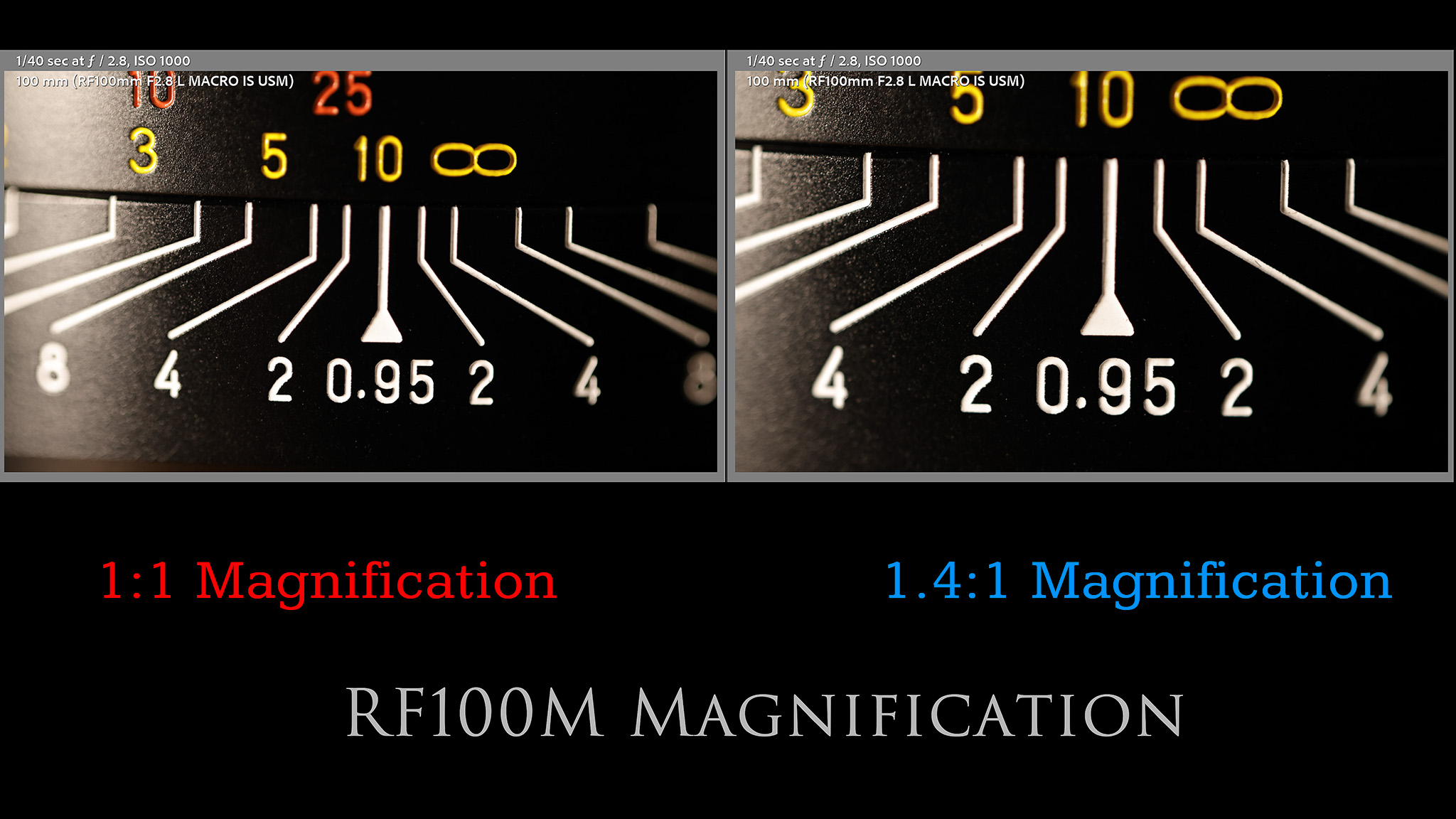

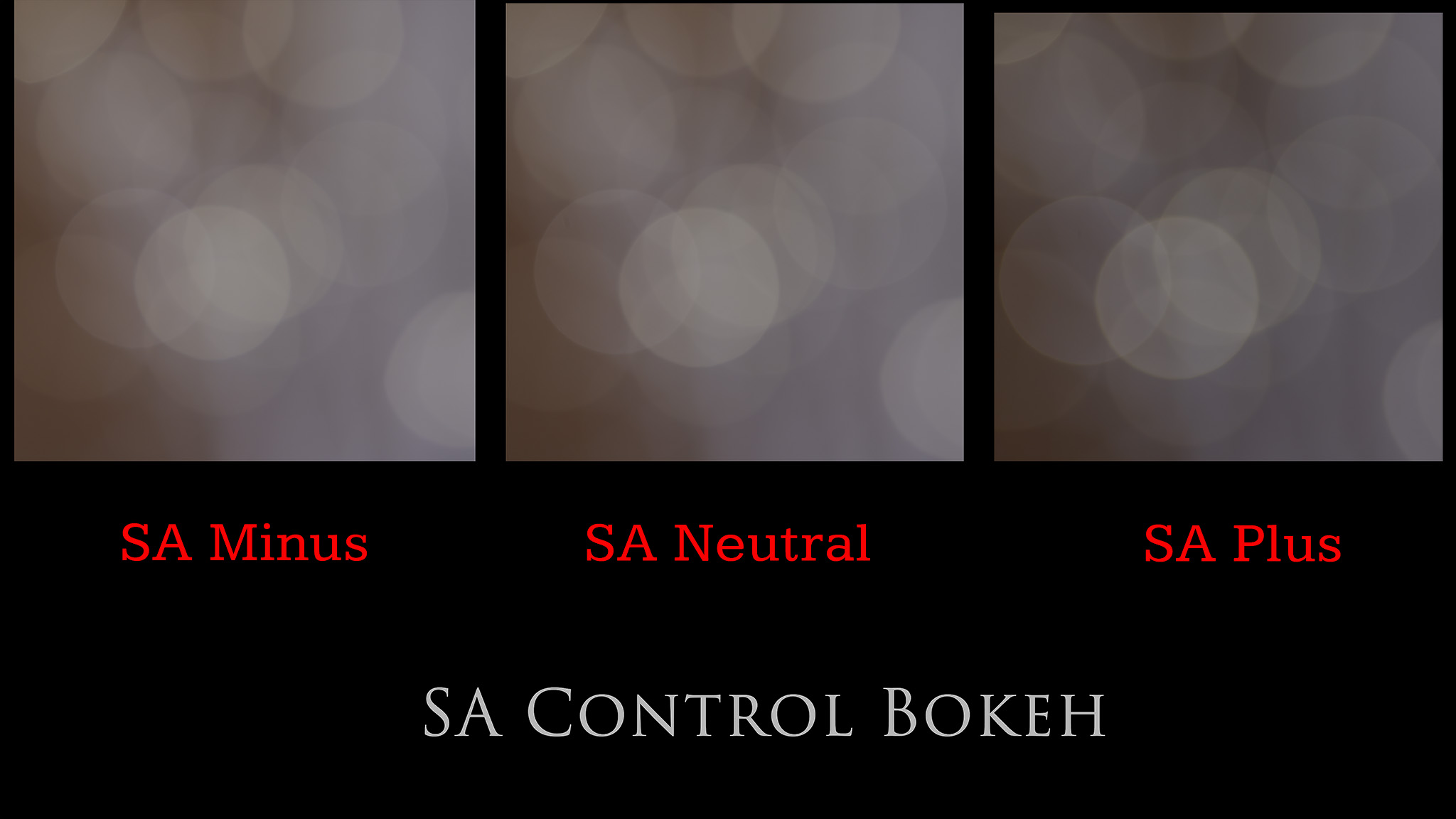
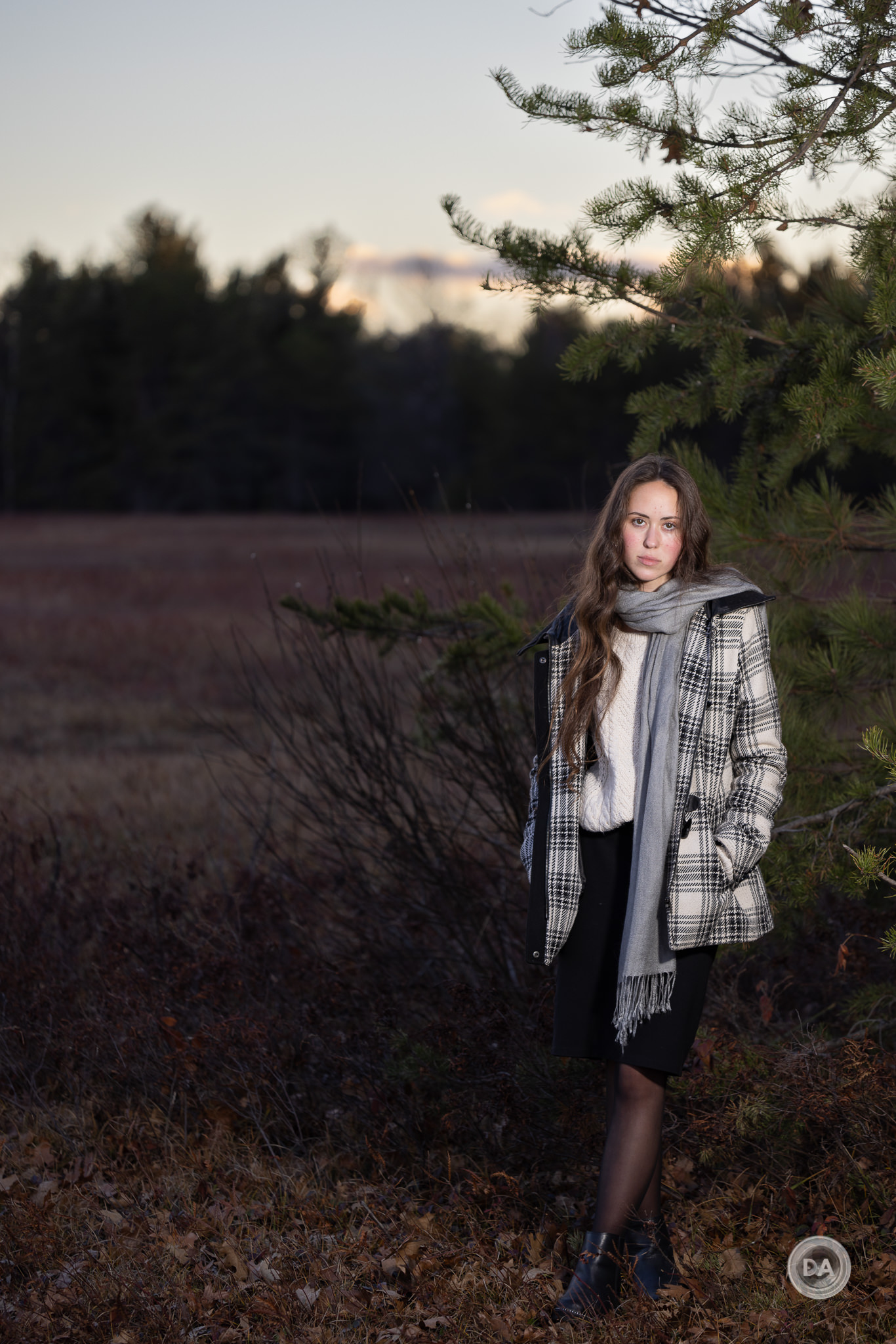

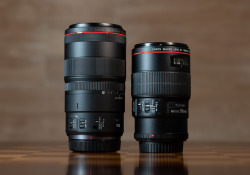
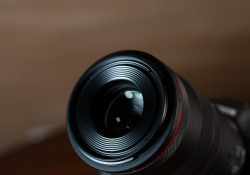
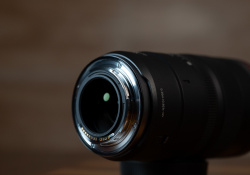
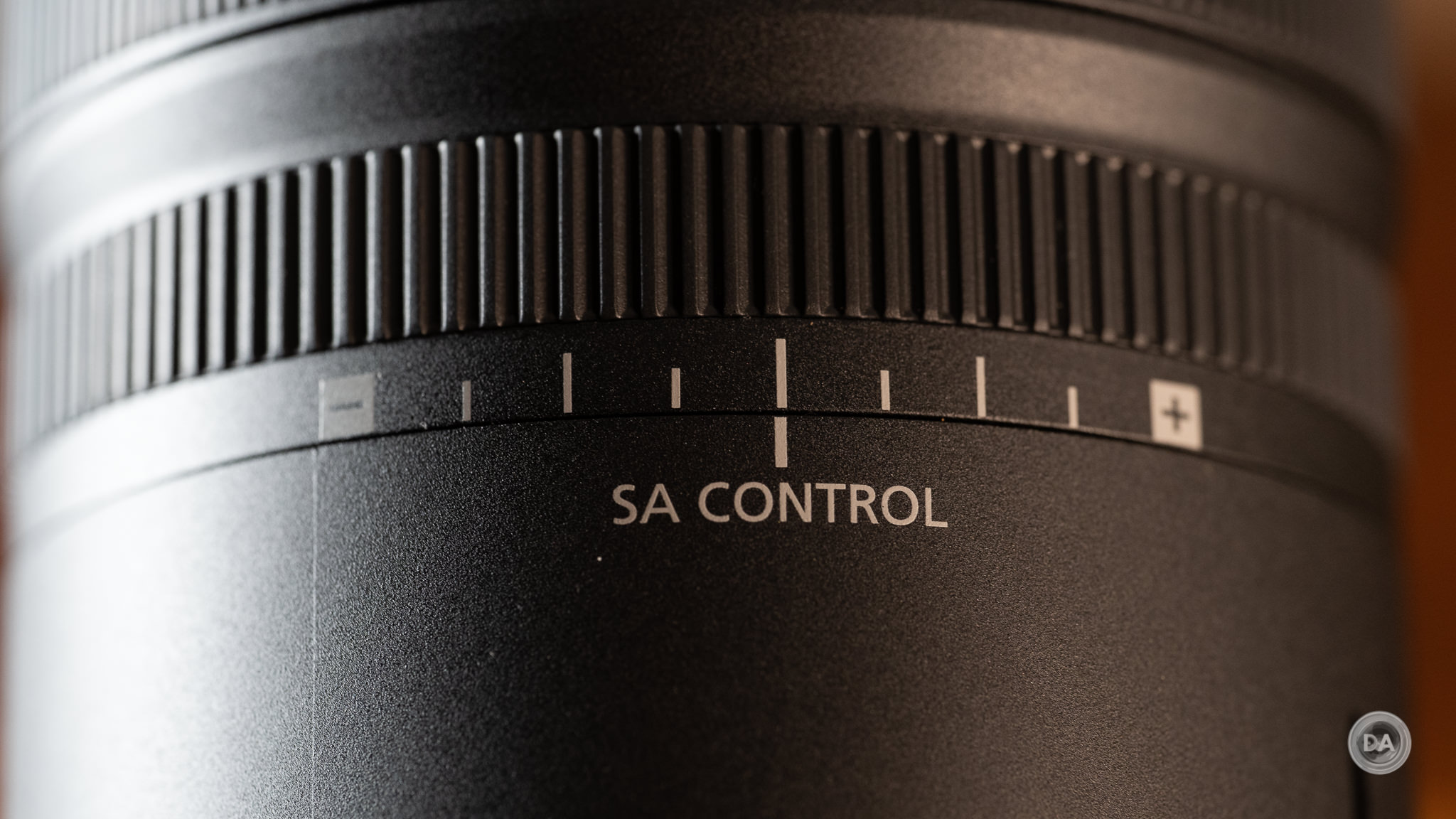
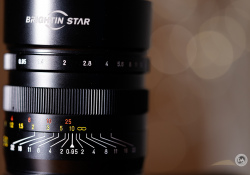
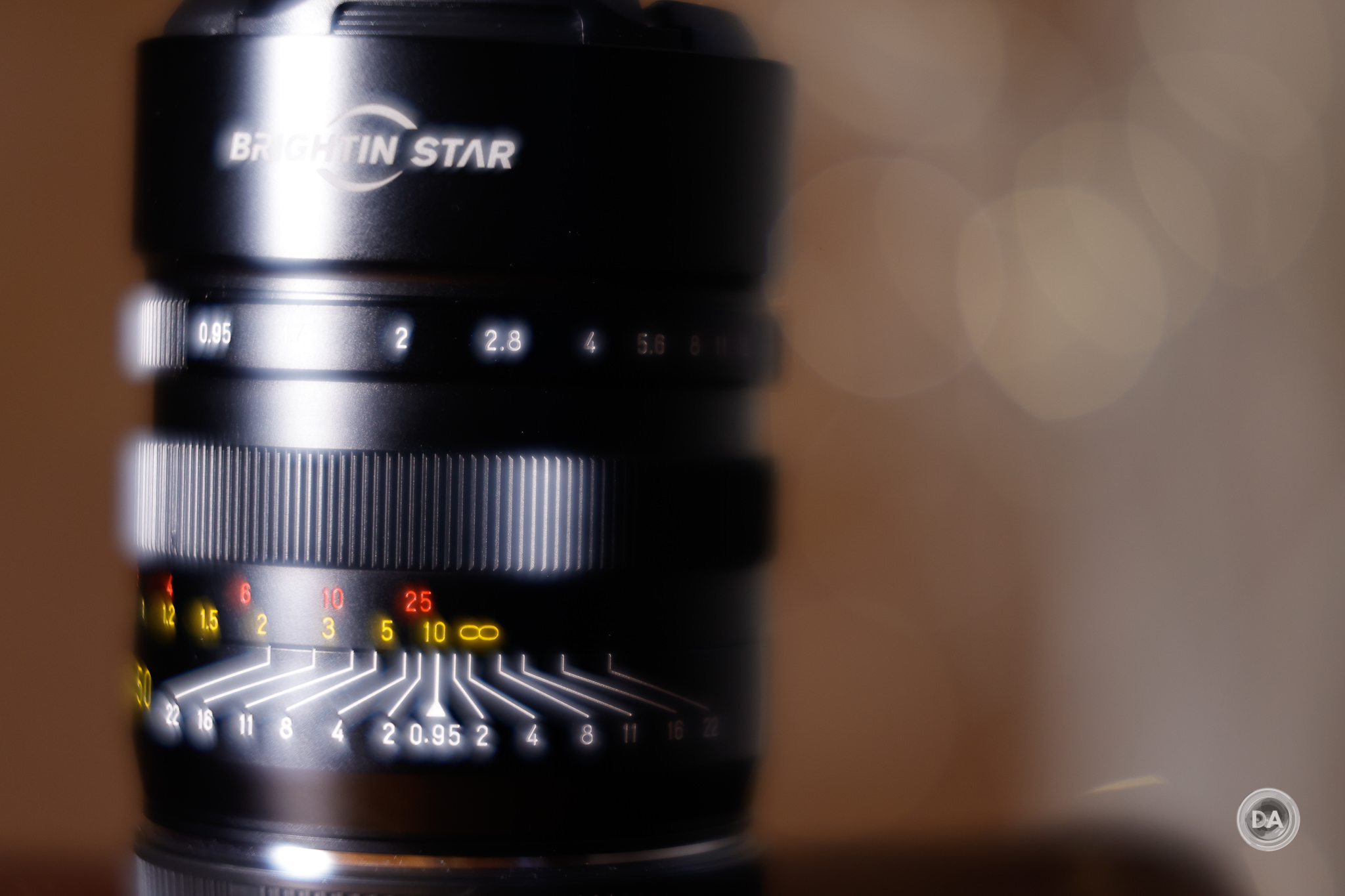
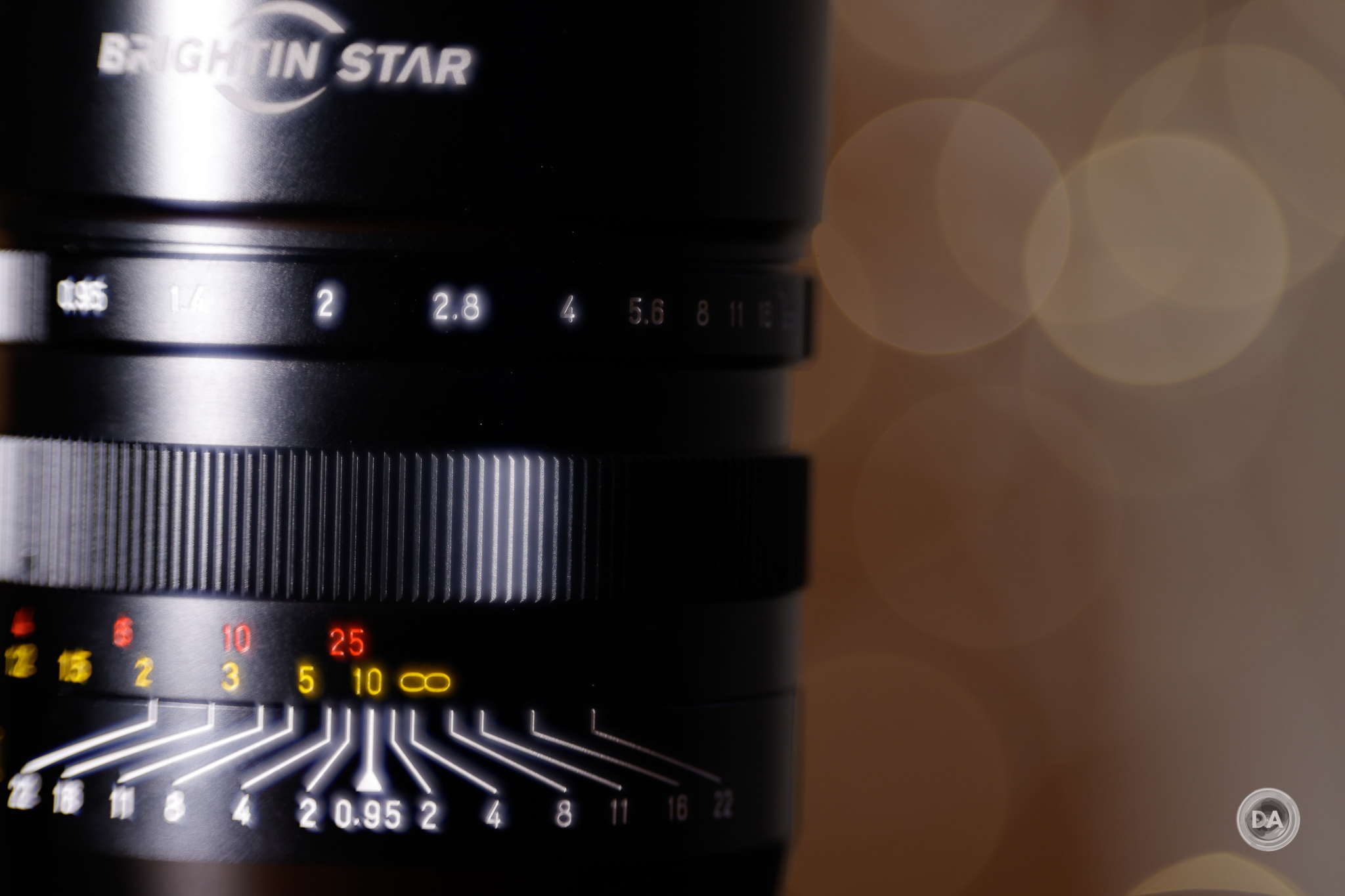
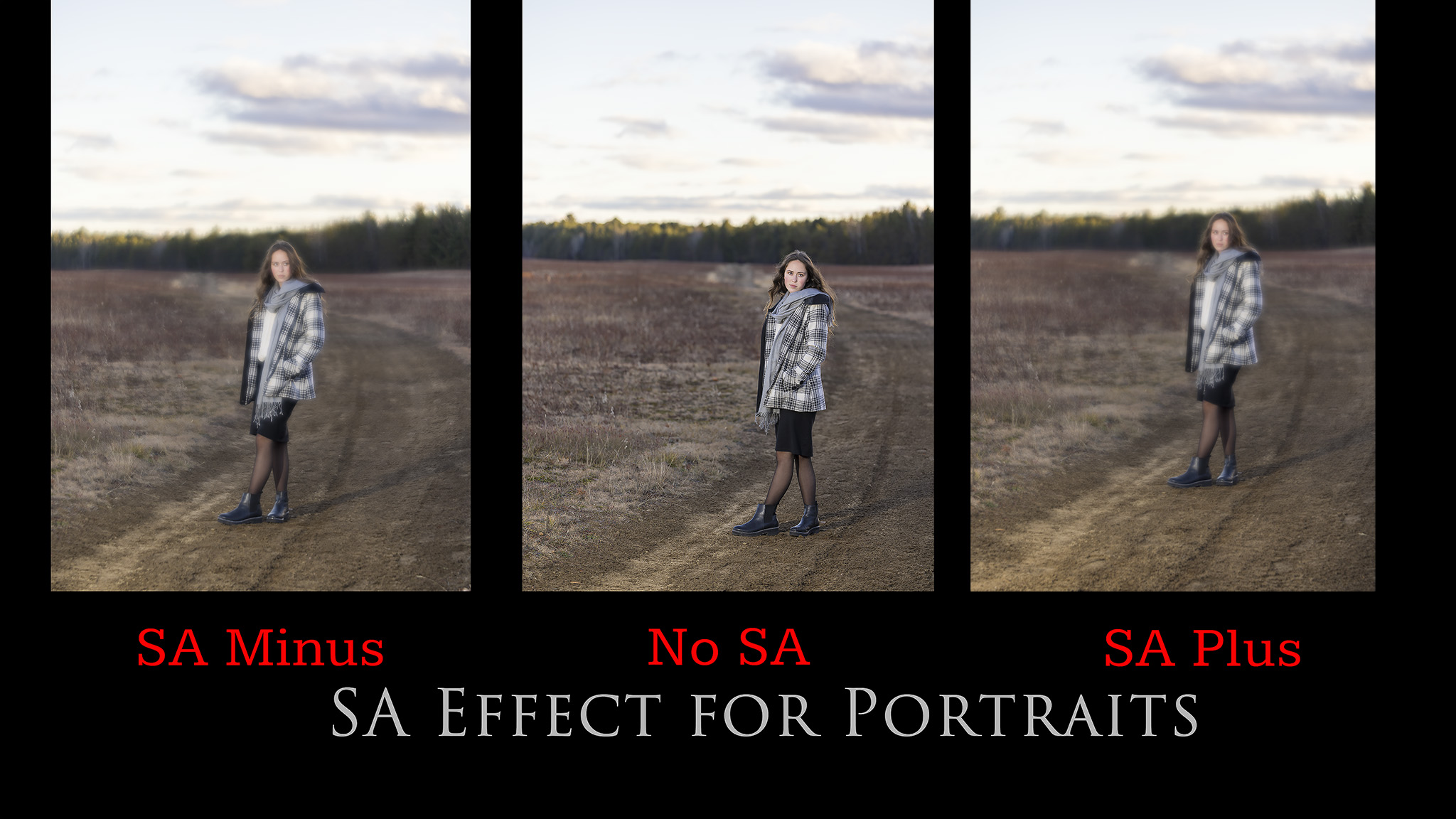
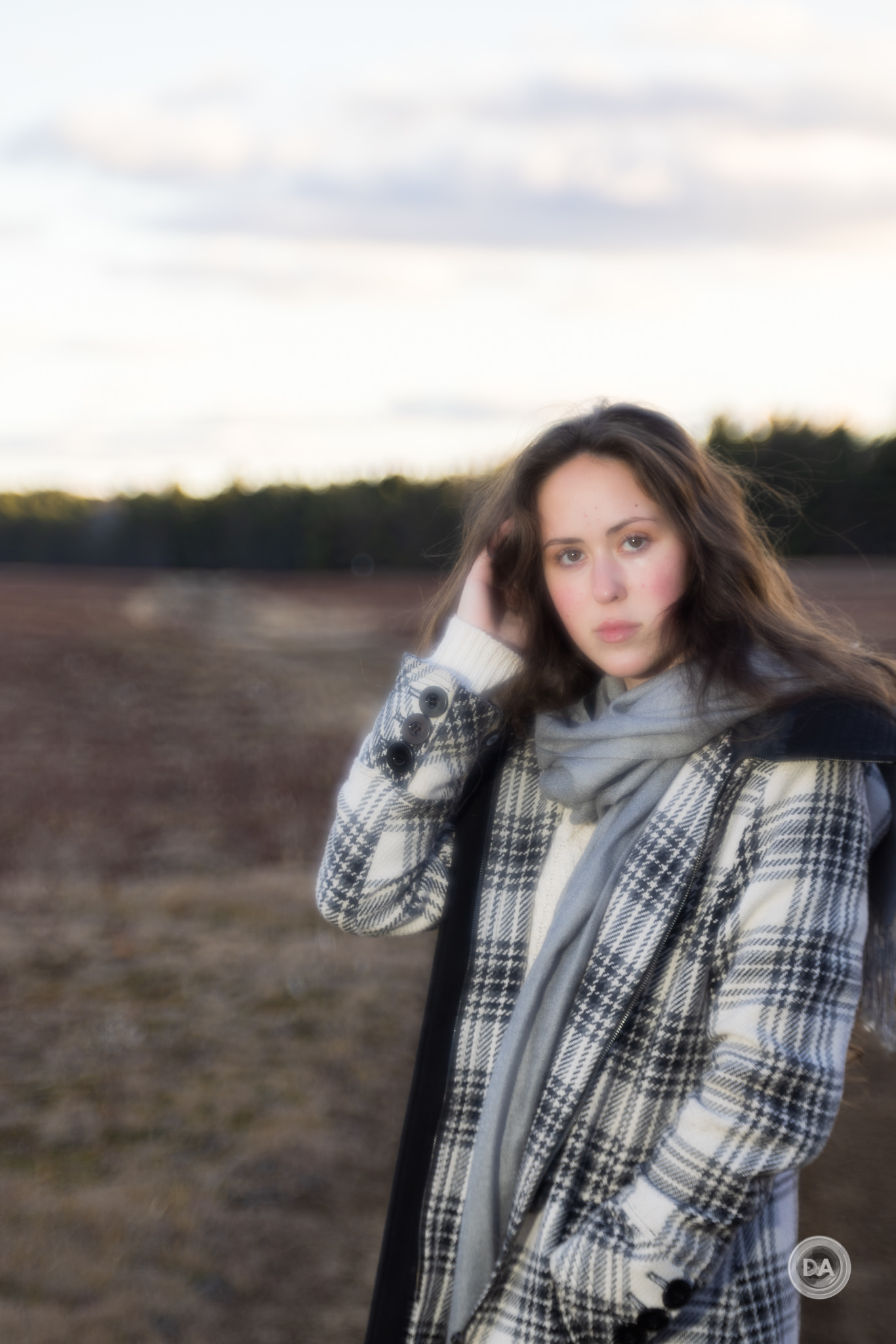

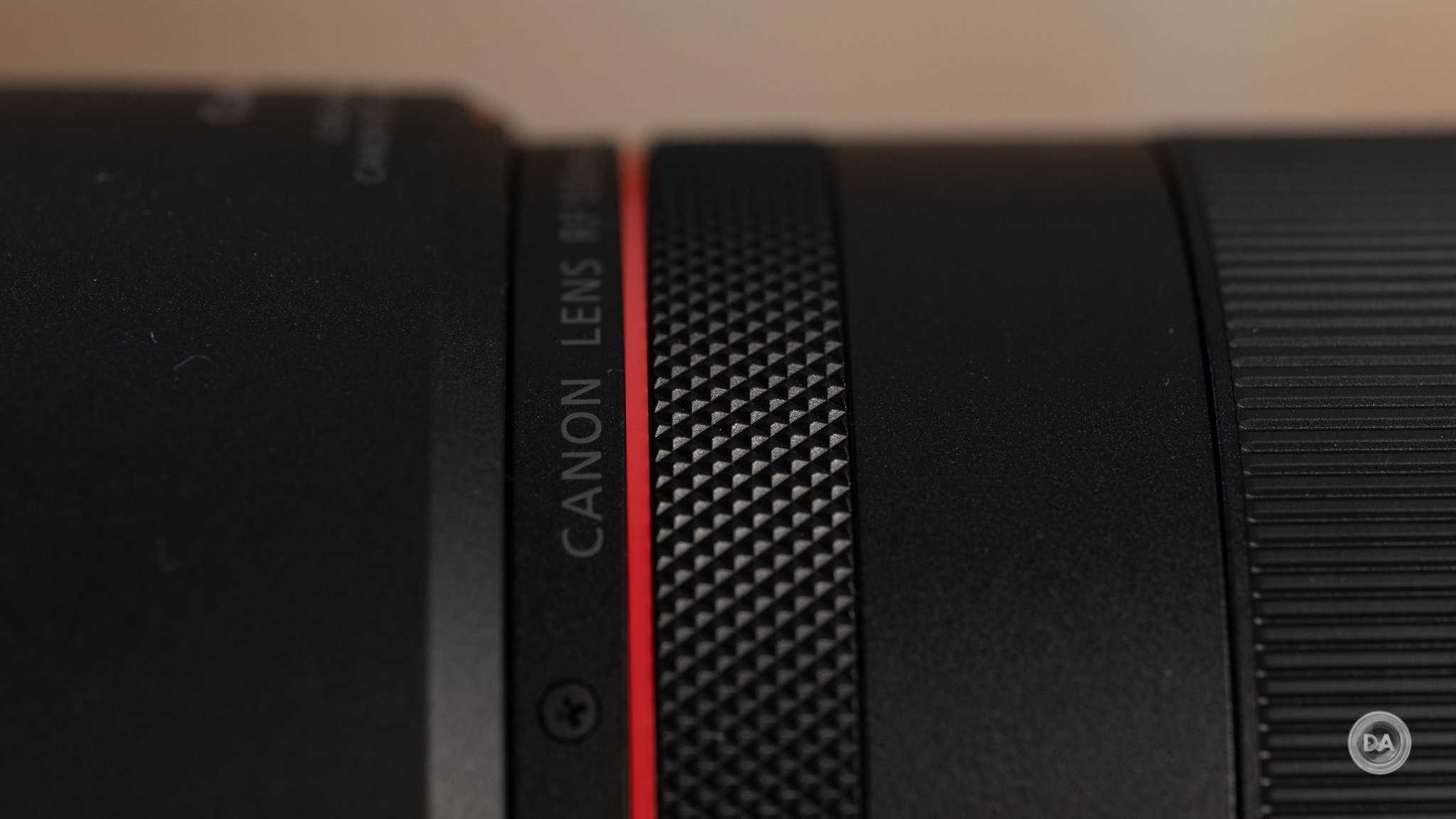

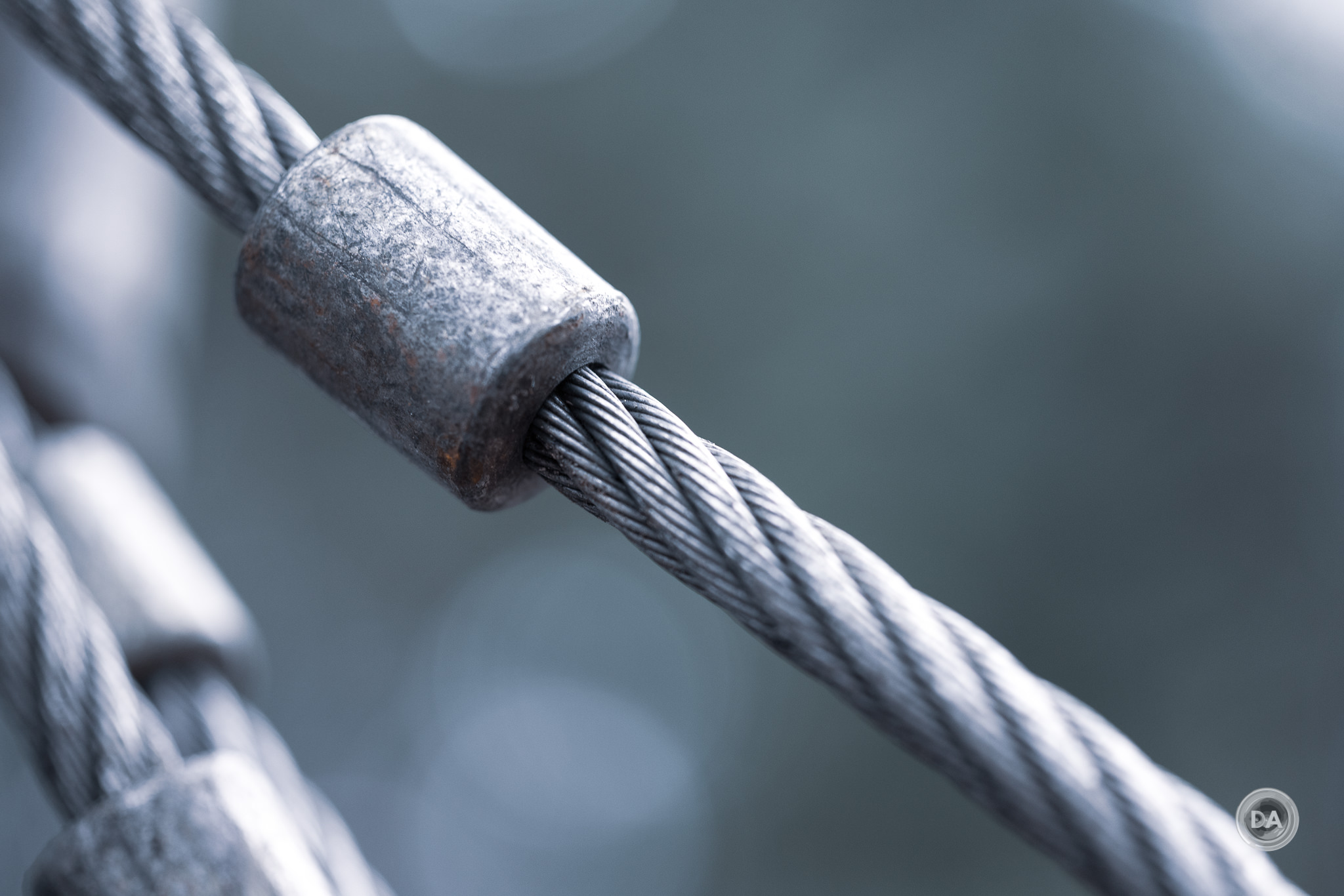

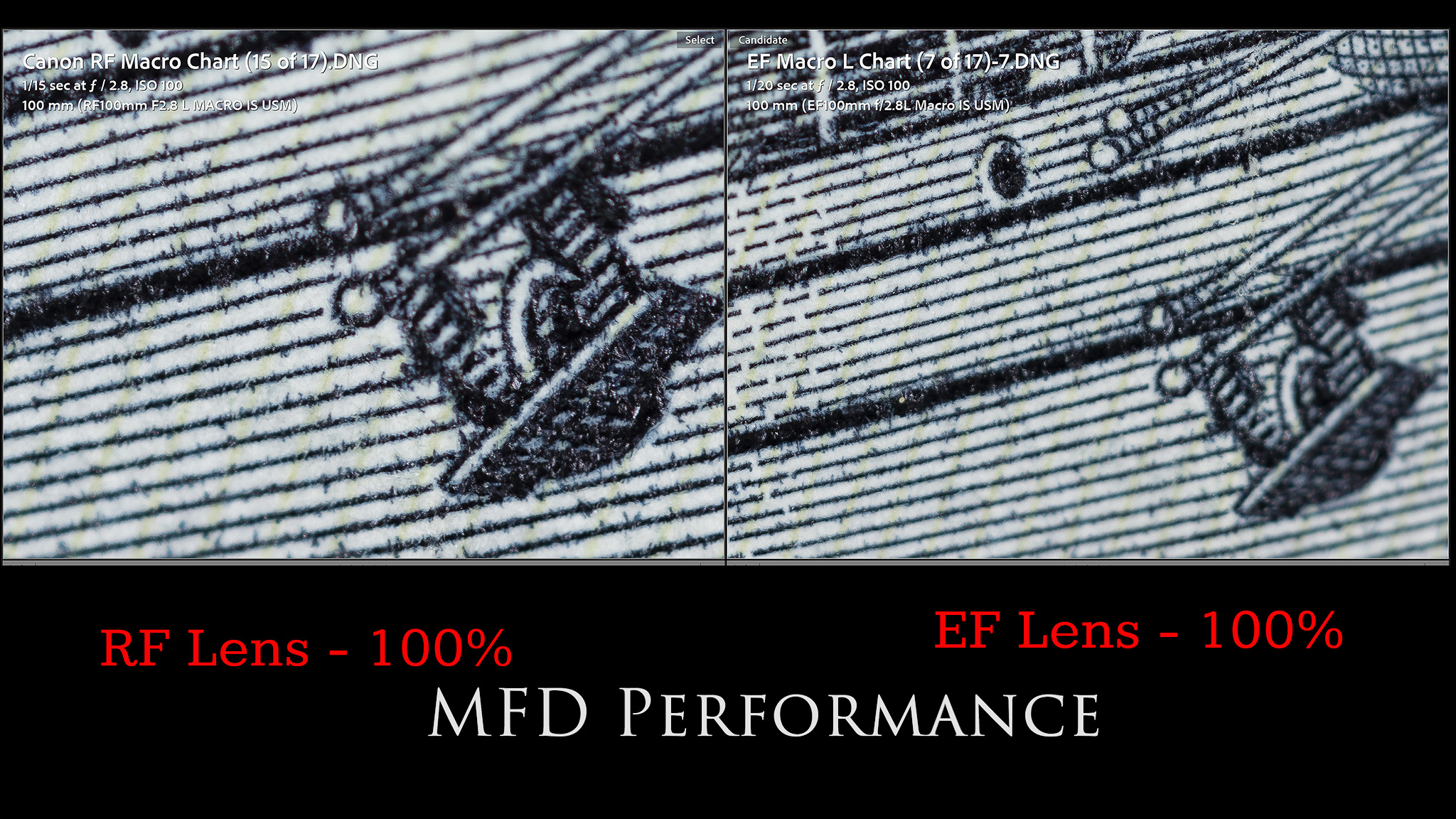
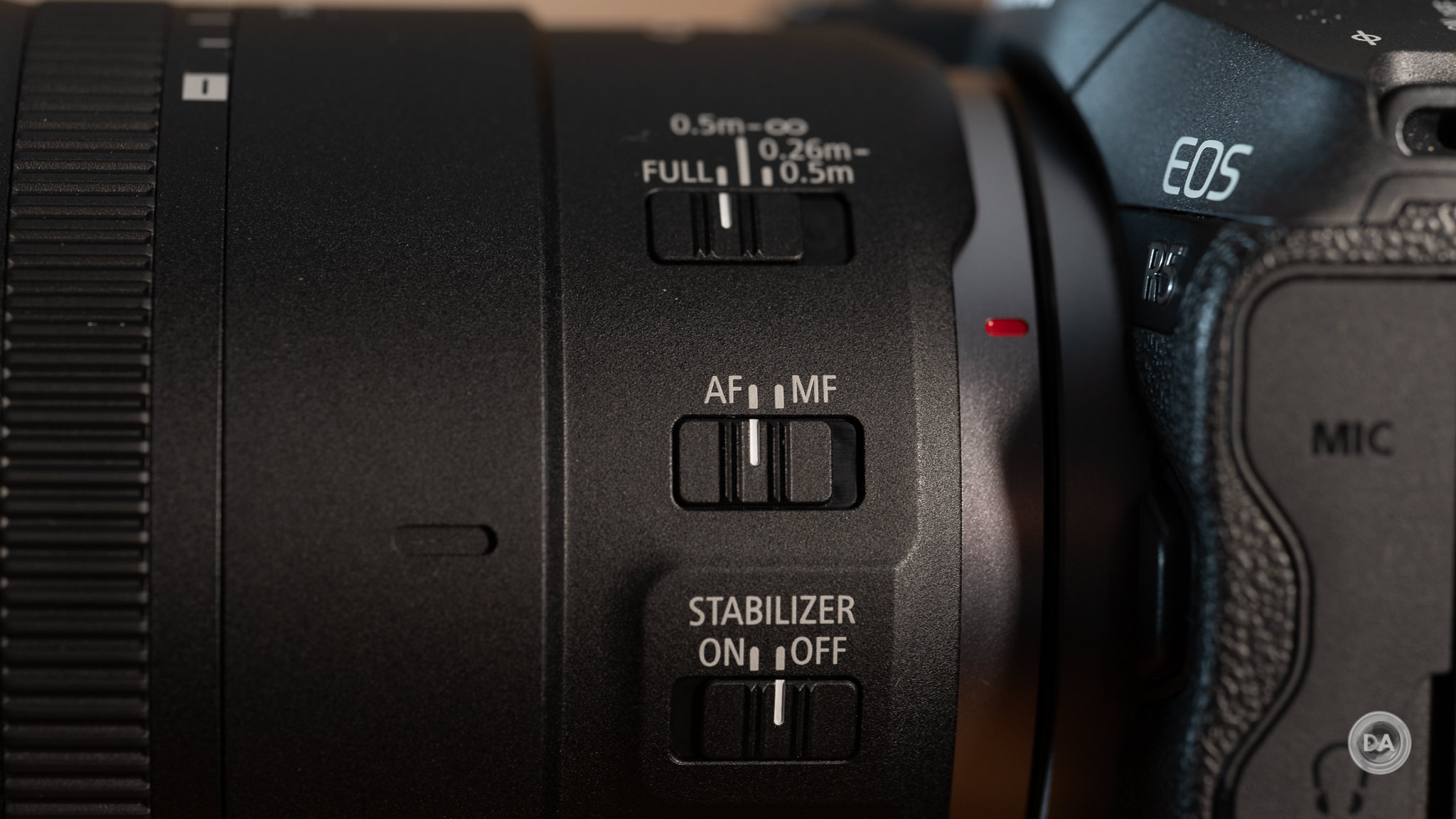
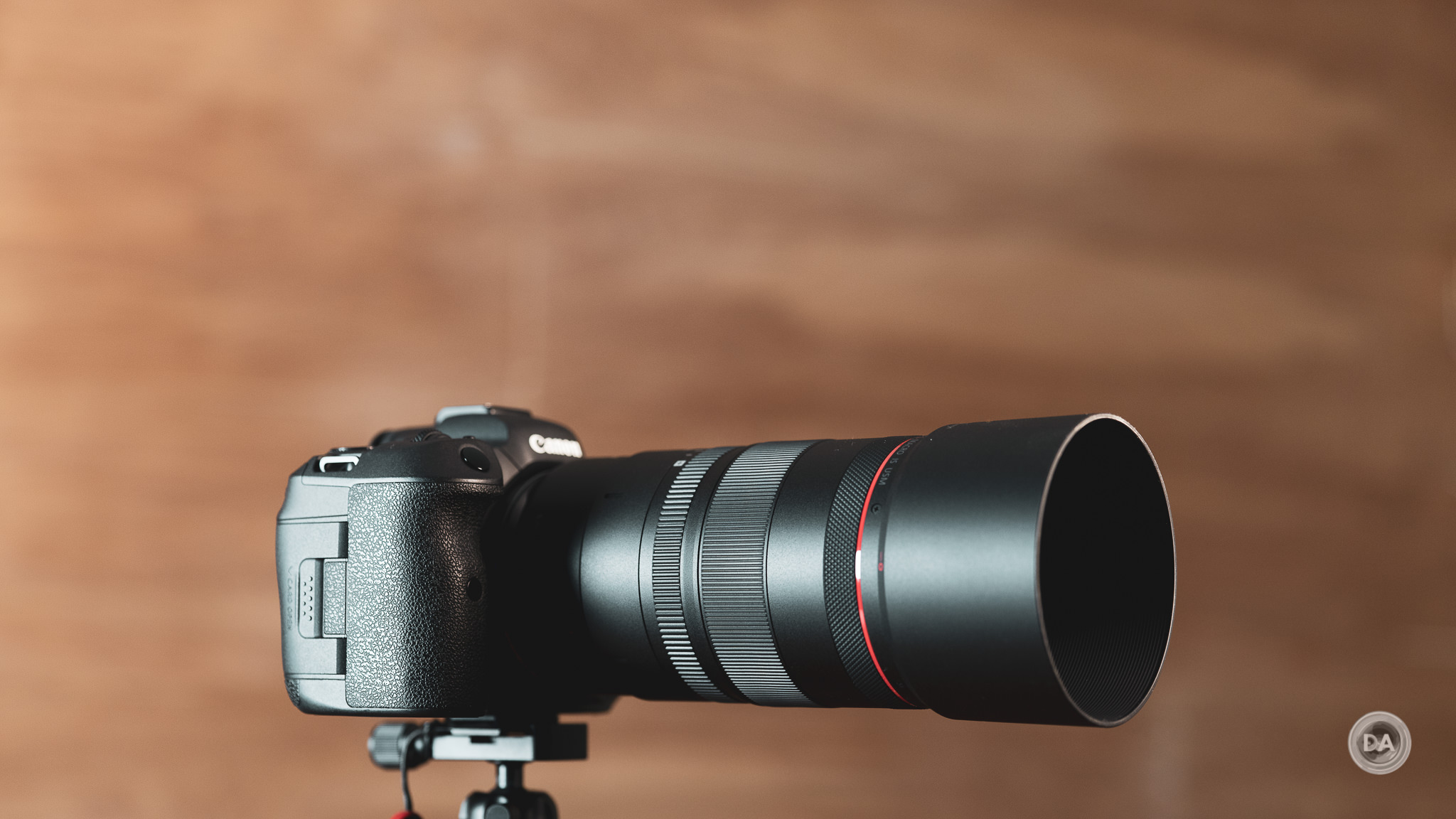
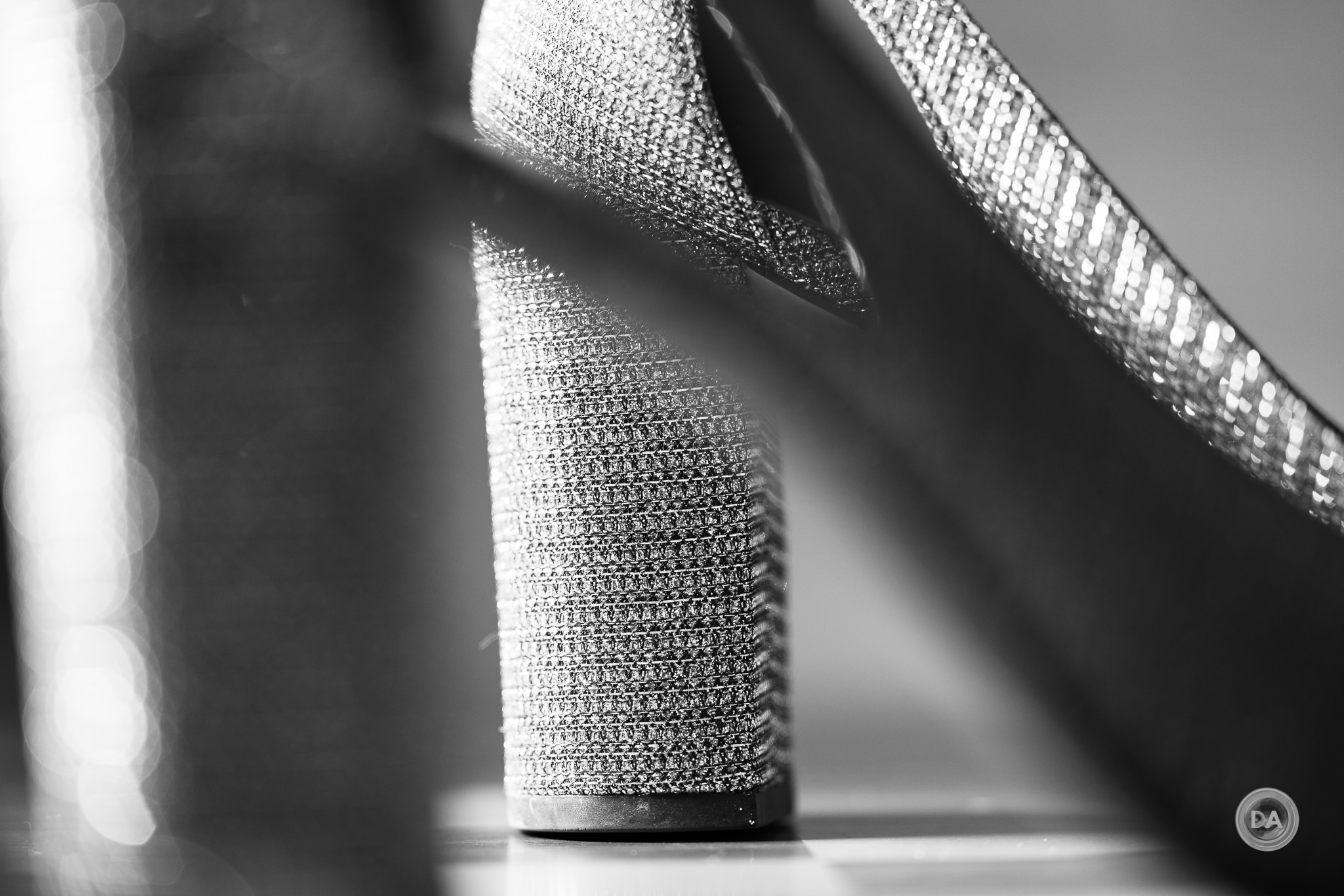

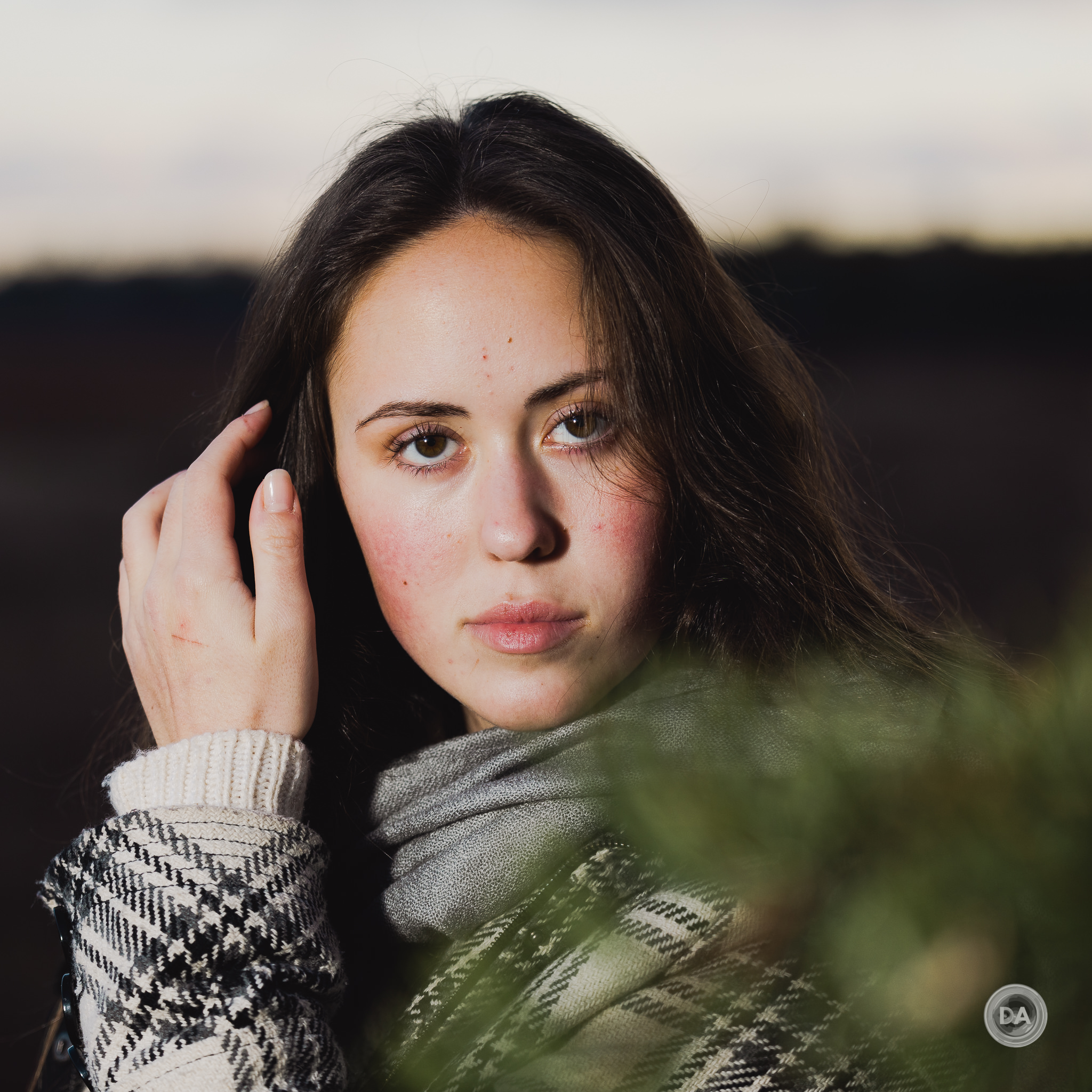







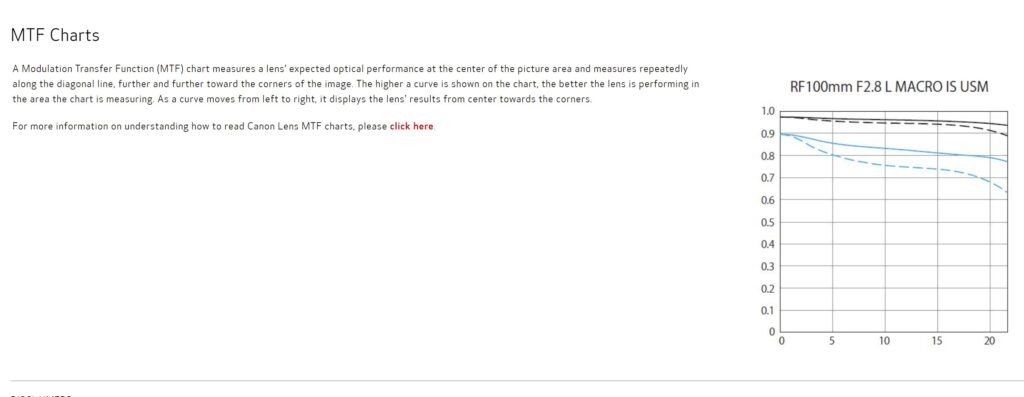


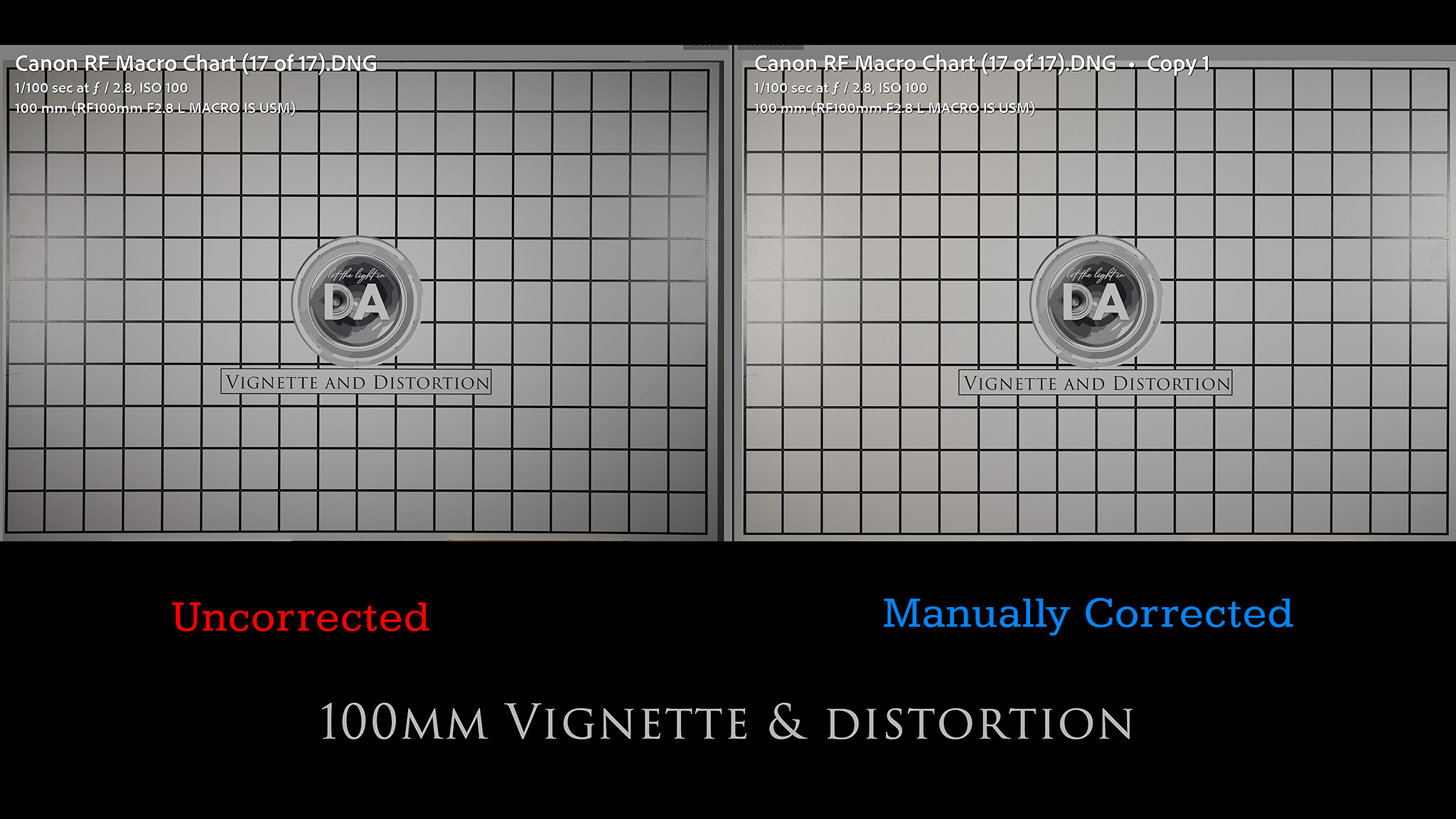
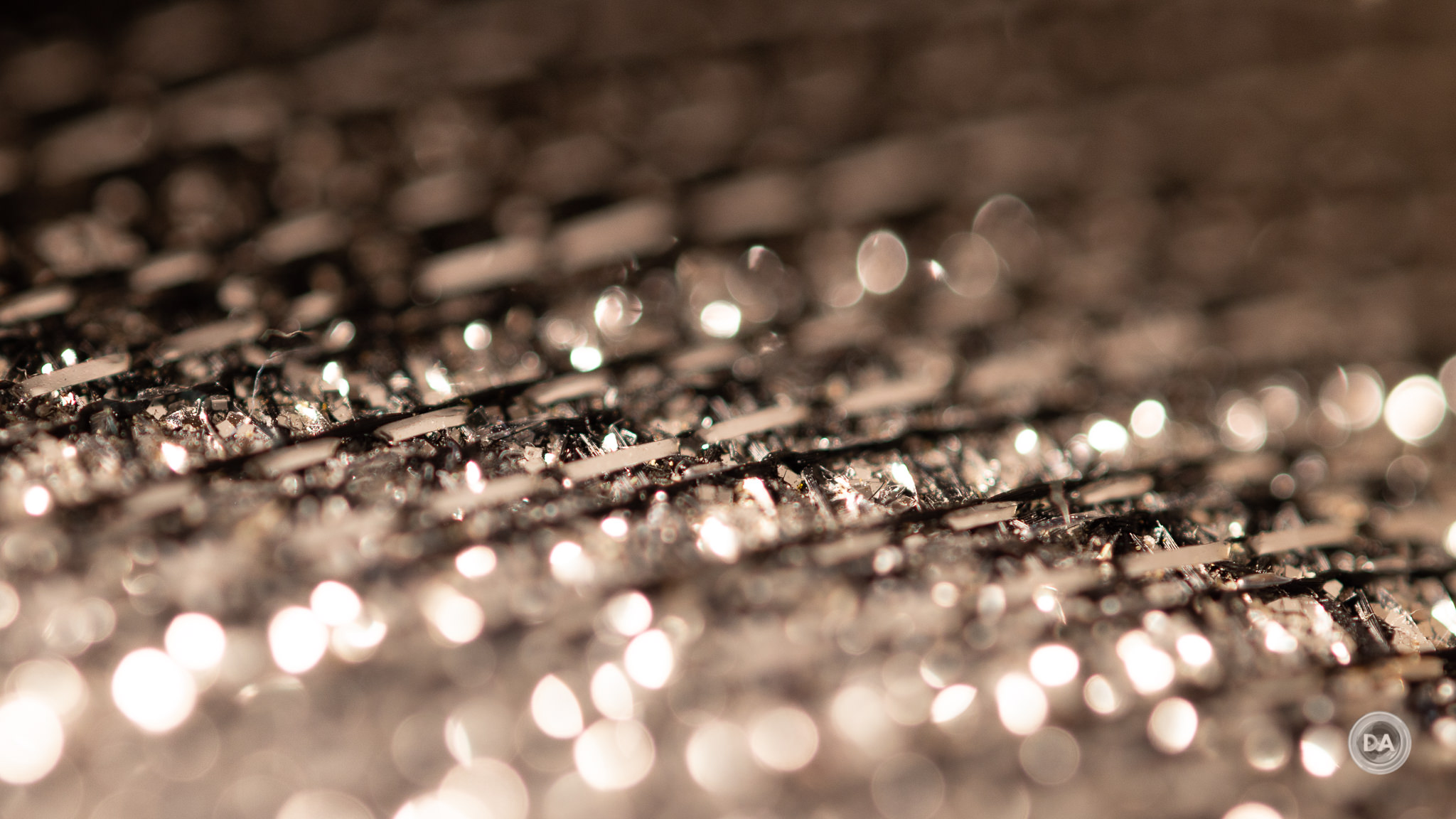
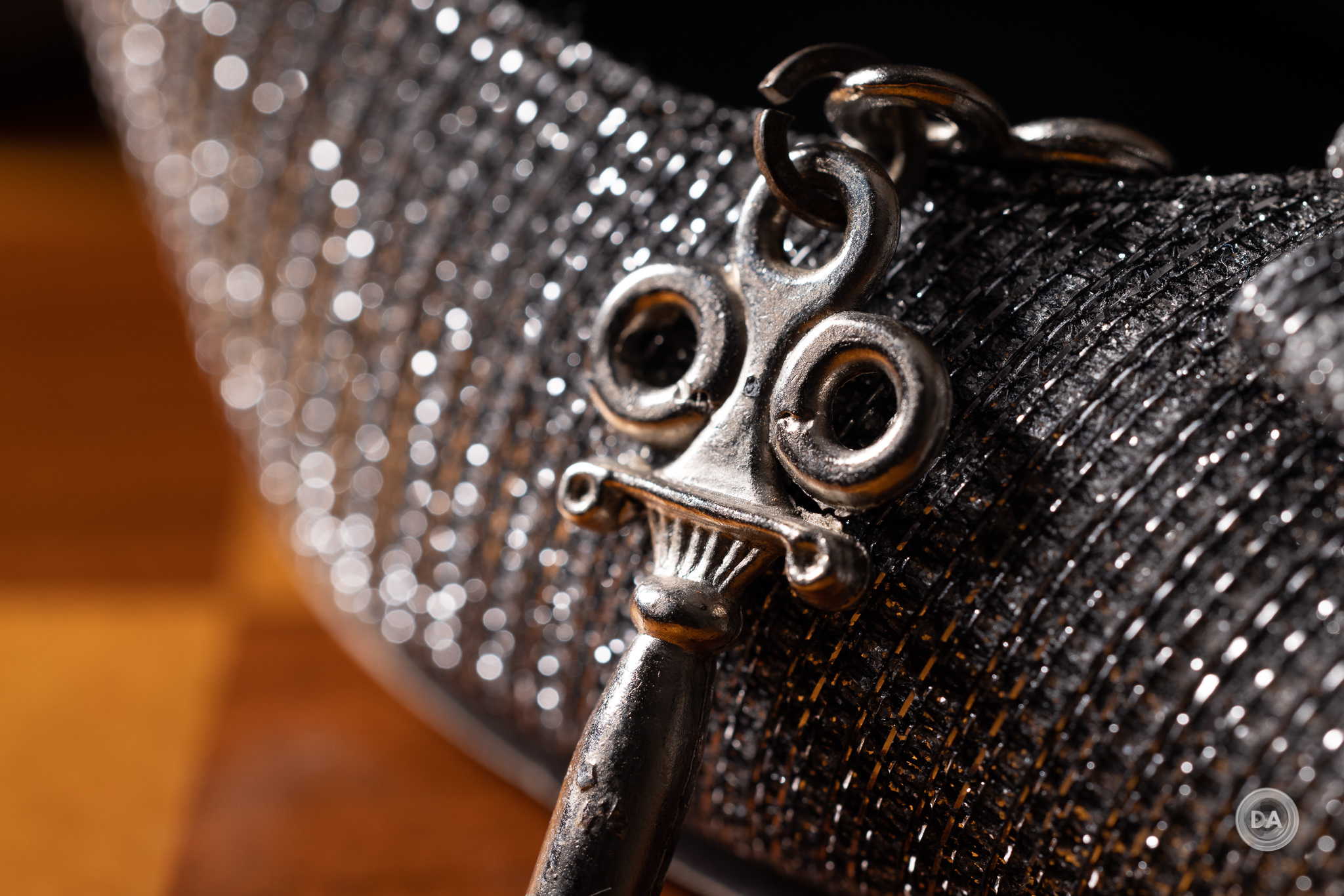






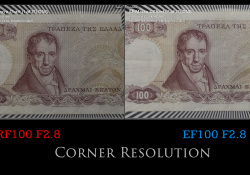
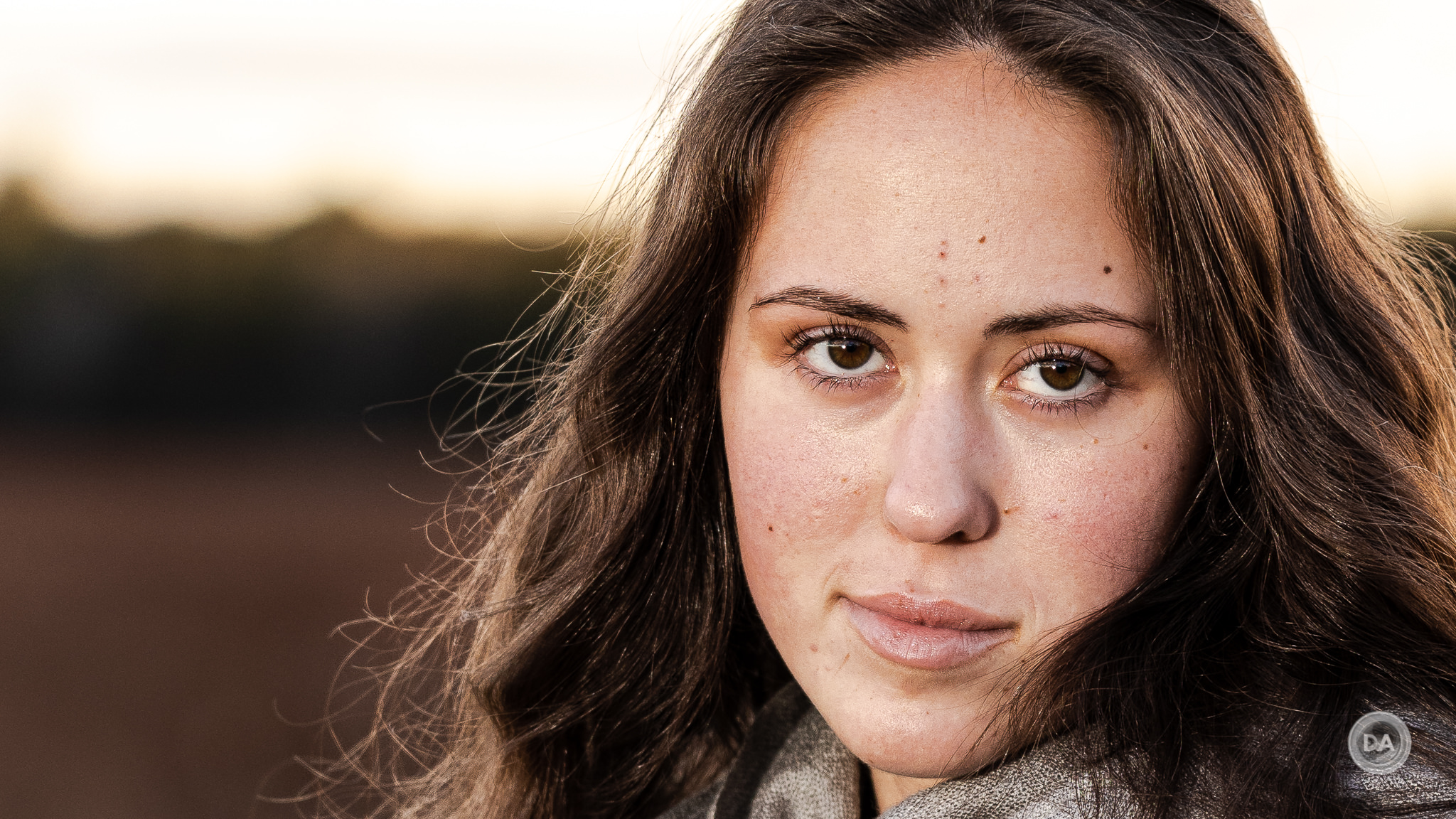
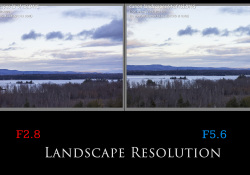

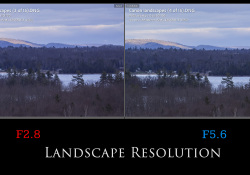




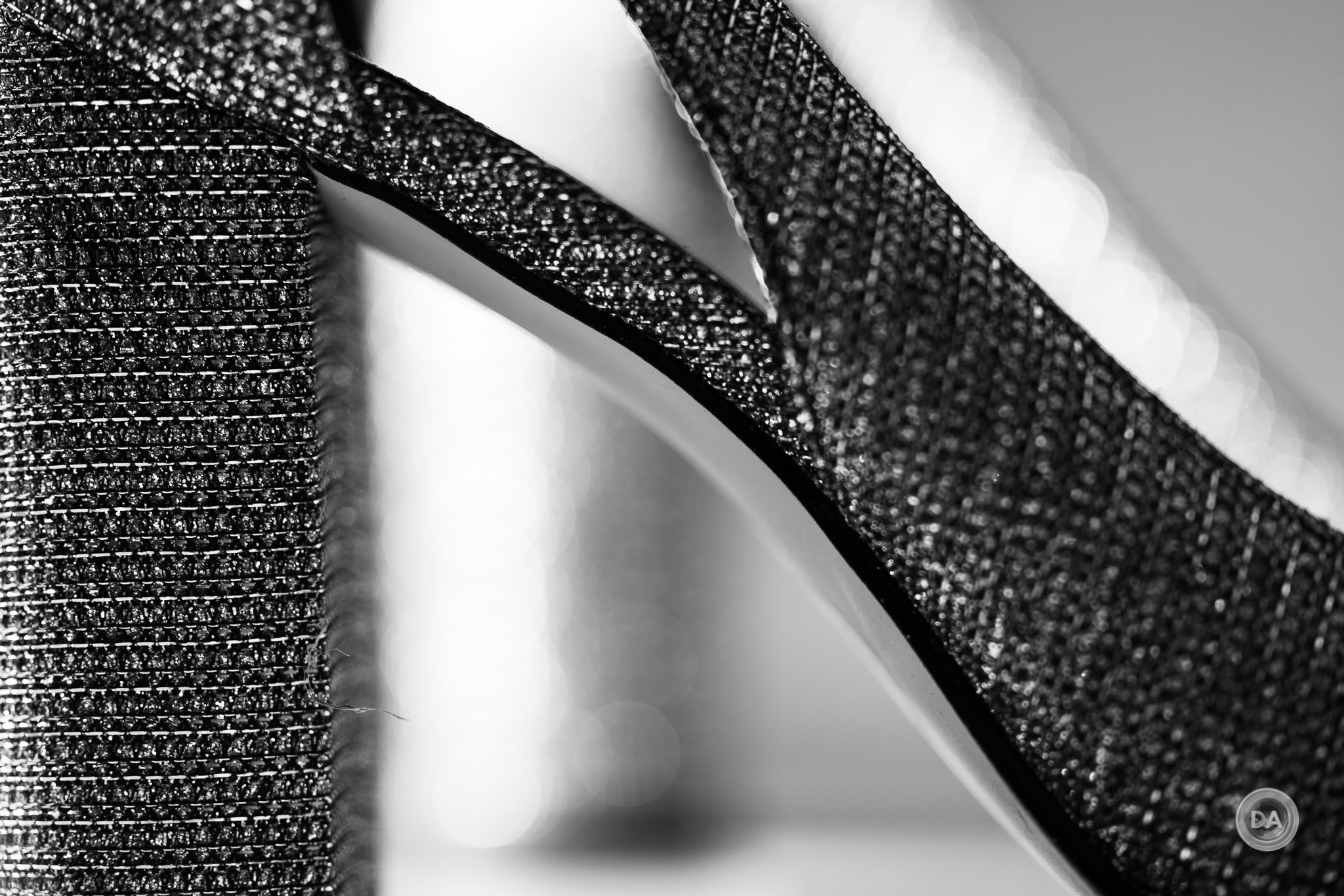









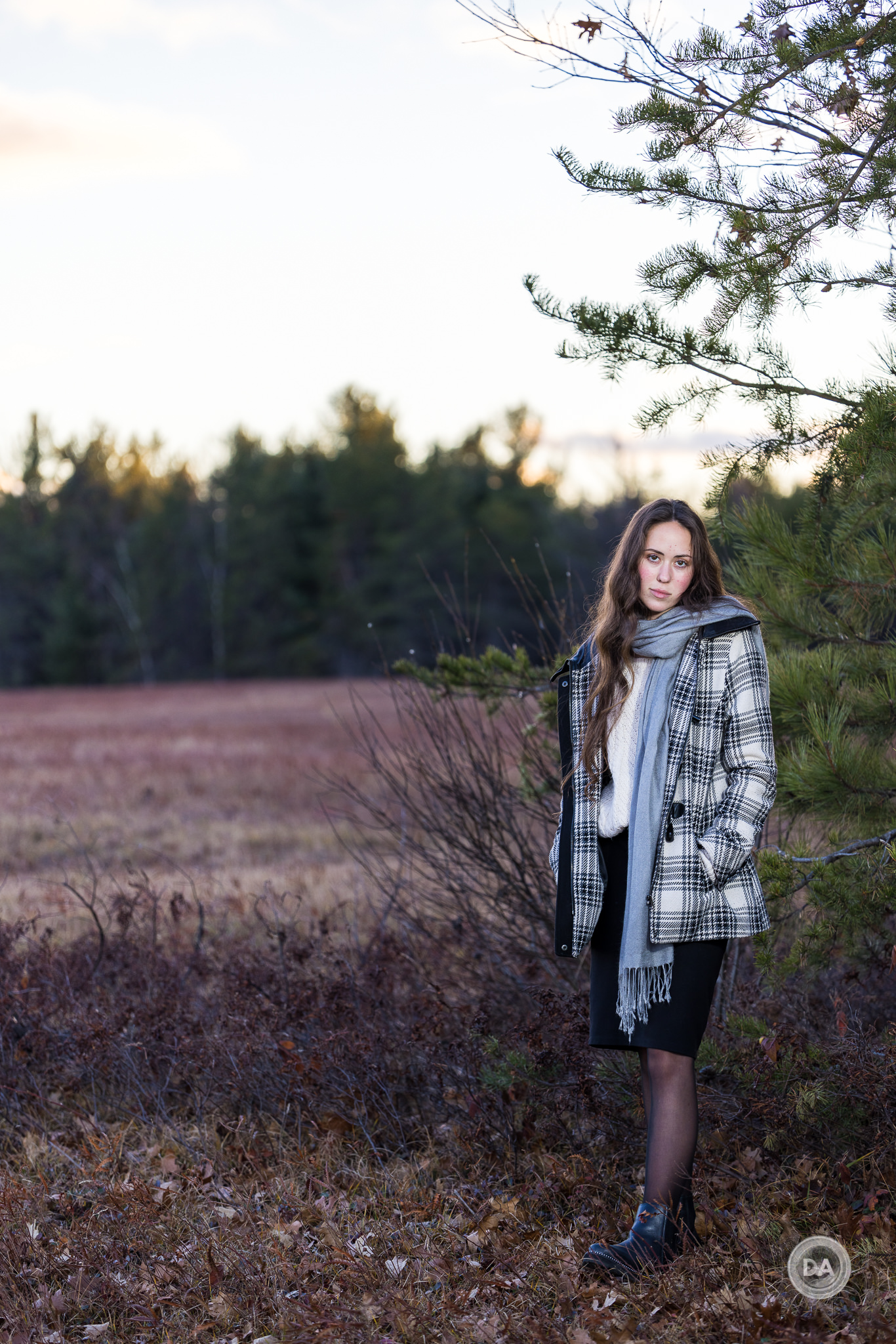


 GOOVIS ART Head Mounted Display Review
GOOVIS ART Head Mounted Display Review 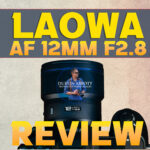 Laowa AF 12mm F2.8 Zero D Review (Z-Mount)
Laowa AF 12mm F2.8 Zero D Review (Z-Mount)  Nikkor Z 35mm F1.2 S Review
Nikkor Z 35mm F1.2 S Review  Kase AF 85mm F1.4 Review
Kase AF 85mm F1.4 Review 


